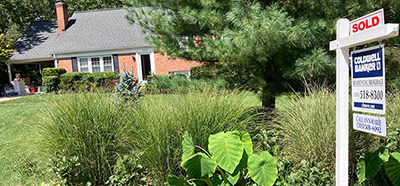
November New Home Sales Up 12.4% After Sharp October Revision

HUD and the Census Bureau reported November new single-family home sales jumped by 12.4 percent in October—but only after significantly revising down October numbers.
The report said sales of new single‐family houses in November rose to a seasonally adjusted annual rate of 744,000, 12.4 percent higher than the revised October rate of 662,000, but 14 percent lower than a year ago (865,000). However, last month HUD/Census initially reported October new home sales at 745,000 before its significant revision in Thursday’s report.
Regionally, results were mostly positive. In the largest region, the South, sales rose by 2.7 percent in November to 412,000 units, seasonally annually adjusted, from 401,000 units in October; from a year ago, however, sales fell by 21.2 percent. In the West, sales jumped by 53.2 percent in November to 242,000 units from 158,000 units in October and improved by 14.2 percent from a year ago.
Sales also rose in the Northeast, to 37,000 units in November, seasonally annually adjusted, from 32,000 units in October; from a year ago, sales in the Northeast rose by nearly 9 percent. In the Midwest, however, sales fell by 25.4 percent in November to 53,000 units from 71,000 units in October and plunged by nearly 45 percent from a year ago.
The median sales price of new houses sold in November 2021 rose to $416,900; the average sales price rose to $481,700. The seasonally adjusted estimate of new houses for sale at the end of November fell to 402,000, representing a supply of 6.5 months at the current sales rate.
Odeta Kushi, Deputy Chief Economist with First American Financial Corp., Santa Ana, Calif., noted by stage of construction, the share of completed homes sold fell by nearly 25 percent from a year ago.
“The record-level new-home prices may be pricing out some buyers,” Kushi said. “In November 2020, 33% of new-home sales were priced below $300,000. A year later, in November 2021, only 14% of new-home sales were priced below $300,000. Demand for new homes remains strong, but construction costs and prices have increased.”
Despite this, Kushi said borrowing costs remain low, demographic-fueled demand is strong and existing-home inventory remains near record lows, making a new home an attractive option. “Yet higher construction costs—labor, lumber, materials—are being passed on to buyers, resulting in higher new-home prices,” she said.
